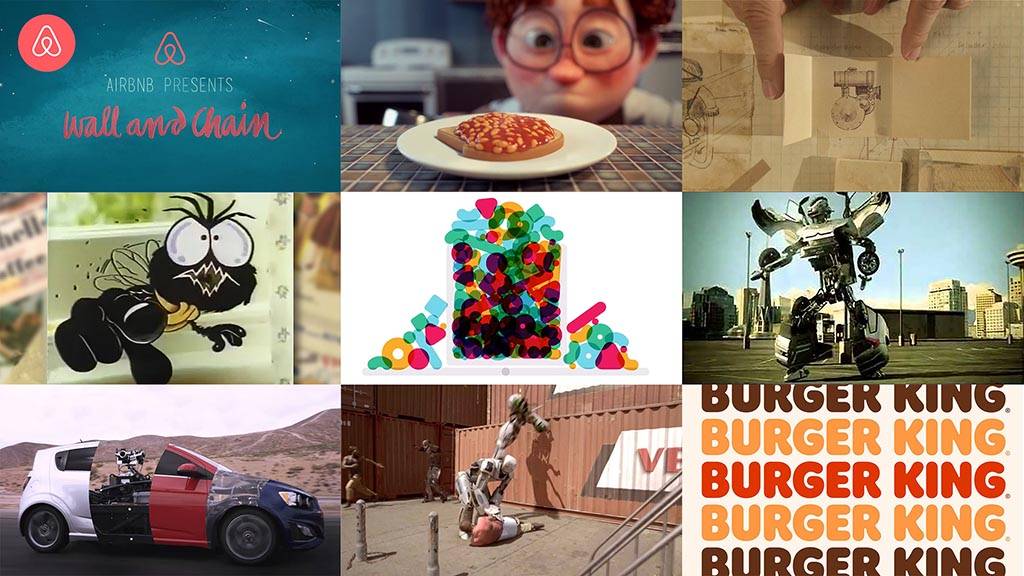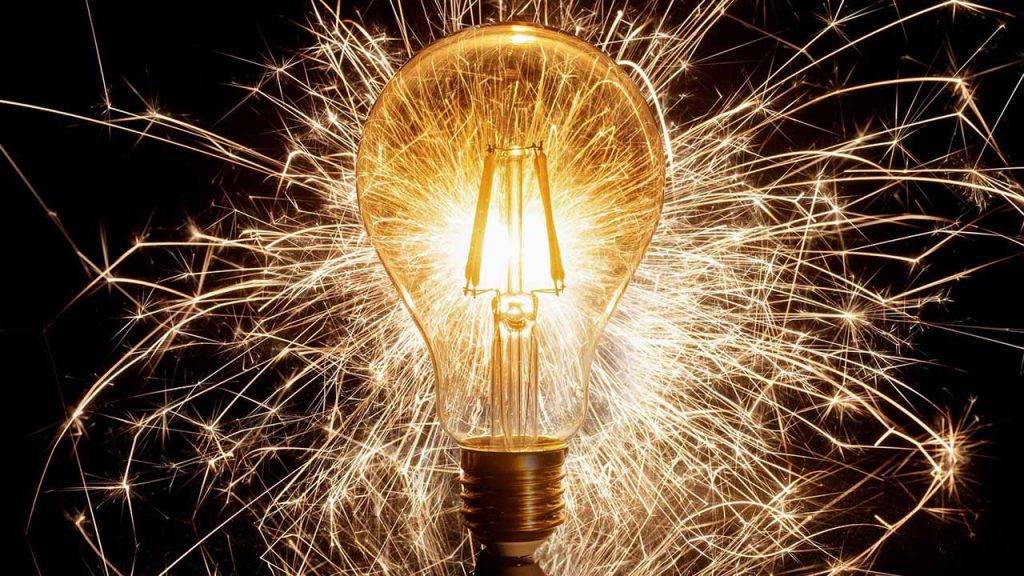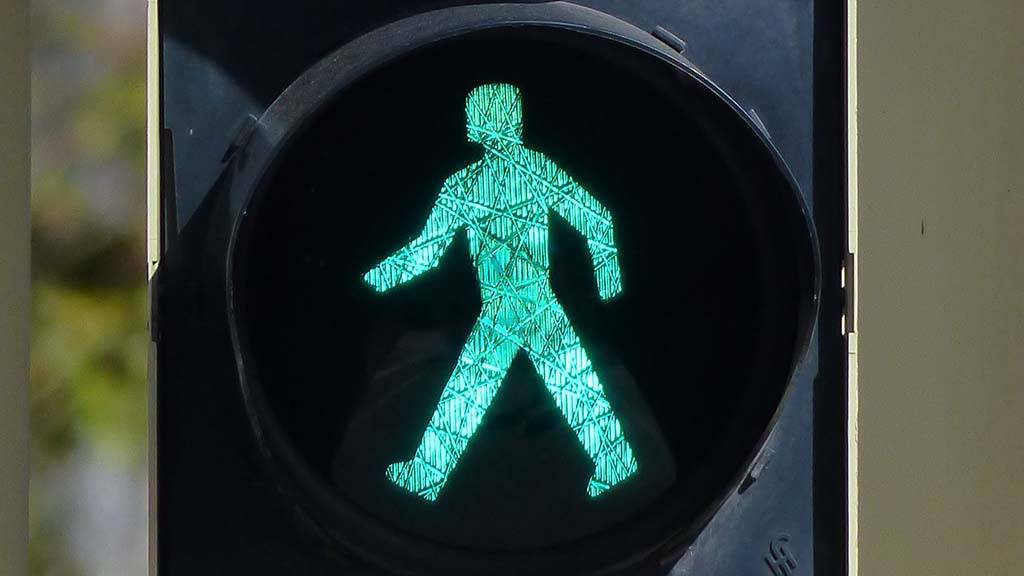A
nimation allows us to tell a story in unique ways, with techniques that provoke inspiration and magical feelings appealing to all ages.
In this article, we’re going through the types of animation available to you and how it can help your business.
Animation is a method of displaying a sequence of images produced by hand-drawn, photographic, or computer graphic means, which are displayed frame by frame over time, to give the impression of movement.
Main types of animation
3D animation
Main characteristics:
- Brings full scenes to life (including objects and characters)
- The difference with the 2D method is that it introduces a 3rd Axis, Depth (Z), to Width (X) and Height (Y)
- Create 3D models and more complex character rigs
- Make a 3D model that can be viewed from each side and manipulate it into the scene
Well-known examples:
Video games like Grand Theft Auto
Movies like Shrek, and more recently Frozen and Moana
History: It’s Pixar who revolutionised the animation industry with the blockbuster Toy Story, the first feature-length animated 3D film. Today, 3D elements are integrated into live-action scenes as well as virtual production techniques. More and more TV commercials are now using 3D products and/or characters composited with a real-life environment that has been filmed using traditional videography methods, or even a virtual environment created in a 3D program.
2D animation aka “keyframe 2D animation”
Main characteristics:
- The animator only creates 1 view (i.e. front, side, left etc) of the character at a time
- Produced in 2 Axis – Width (X) and Height (Y)
- Minimum of 12 frames per second to look like the character is moving
This technique allows the animator to create a skeleton, or body part hierarchy of the character, and tell the computer which part of the body to animate. It is a huge time saver since they don’t have to redraw the character each time. The animator would set keyframes of a movement (e.g. beginning, middle, end) and the computer software will render the frames in between those points.
History: This technique used to include drawing each frame by hand, requiring 24 frames of art per second (see the “Traditional animation” section below). But with new software, animators can cut down the number of frames from 24 to 12, or even 6-8 frames per second, and use a process called “in-betweening” to add computer-generated frames in between the animator/manually produced frames.
Motion Graphics
Main characteristics:
- Usually animated logos or basic illustrations
Well-known examples:
The beginning or the end of an animated movie like the little lamp jumping from Pixar, or the castle and the fireworks from Disney. A lot of title and credit sequences in films are produced using motion graphics techniques also.History: Motion graphics was born in the 1950s.
Stop Motion
Main characteristics:
- Individually photographed scenes with physical objects that are moved in small increments
- Watch in rapid sequence, it creates a feeling of movement
Well-known examples:
Movies like Chicken Run and The Nightmare before Christmas.
History: Around since the 1800s, it was made popular in the 1900s with some classic movies.
Motion Capture & Facial expressions
Main characteristics:
- Helps enhance the realism of 3D animations
The motion captures movements and facial expressions of people wearing sensors (e.g. LED markets), and the animation software translates it into a digital version.
Well-known examples:
Movies like Avatar and Lord of the Rings
History: Motion capture’s basics started in the 1890s with rapid photography of objects in movement. Early examples used a method called “rotoscoping” – which was tracing over live-action footage frame by frame.
Traditional animation
Main characteristics:
- Hand-drawn frame-by-frame
- Character and moving objects are drawn on plastic sheets or overlays, and move on a background (stationery image or moving).
Well-known examples:
The Disney classics like Snow White and The Little Mermaid.
History: This was the main way of producing content in the 1990s but it is a consuming process that is today rarely used anymore.
The advantages of animation for your business
Simply put, animation can boost your business growth and increase ROI. People like aesthetically pleasing things and they have more chances to take interest in your brand and products if it looks nice and understandable. Take this example of an animation showing the re-branding of the popular Burger King fast food restaurant chain:
Here are just a few advantages to using animation:
Improve product design
Create a realistic 3D draft of your product before actually making it. This helps identify areas of improvement and make changes before production, saving time and money.
Increase engagement
A 3D product is highly engaging for a potential customer by bringing your product to life and evoking emotions that connect well with the viewers and boost their engagement.
Increase sales
By increasing customer confidence in your product thanks to a detailed and interactive experience and marketing materials.
Cost-effective
Creating a 3D animation video is cheap compared to other traditional methods of product marketing. It is a one-time investment that can be reused multiple times.
Increase online presence
Customers are turning more and more towards the internet to research and purchase products. This is an opportunity to create high-quality and interactive content that can be used on your website and social media channels.
Increase customer support
You can choose to create training and support materials to help your customers understand and/or use your products. Thus, reducing the number of calls and inquiries, and freeing up resources to grow your business.
Enhance product visualisation
Create highly detailed and realistic renderings of your products that potential customers can zoom in and out and see from all angles. This helps create confidence in your product and reduce the number of returns and complaints from customers.
Tip On-Target: For big ticket items/products, like building a house, a 3D animation, or a real-time walk through can let customers experience the size, layout and look of the house before it is built. This kind of visualization is useful for the sale or construction of expensive products, as it puts the customer at ease that their money is well spent on something they approve of prior to it being delivered or made.
Did you know that most TV commercials featuring cars are actually animated 3D models? Check out this article to read how & why they are, and watch this video:
Using animation for your brand marketing, products and services, and digital experiences is a captivating way to impress your business’s personality and quality upon customers or clients. From 2D & 3D animated logos and brand mascots to product and instructional videos, Visual Targets helps lift your audience engagement and professional appearance.

Creative genius, talented wordsmith and all-rounder copywriter up for the grabs! If you can’t stand the look of your copy right now, she’ll shape your rambles into the most compelling words.
Marie Rene | LinkedIn



